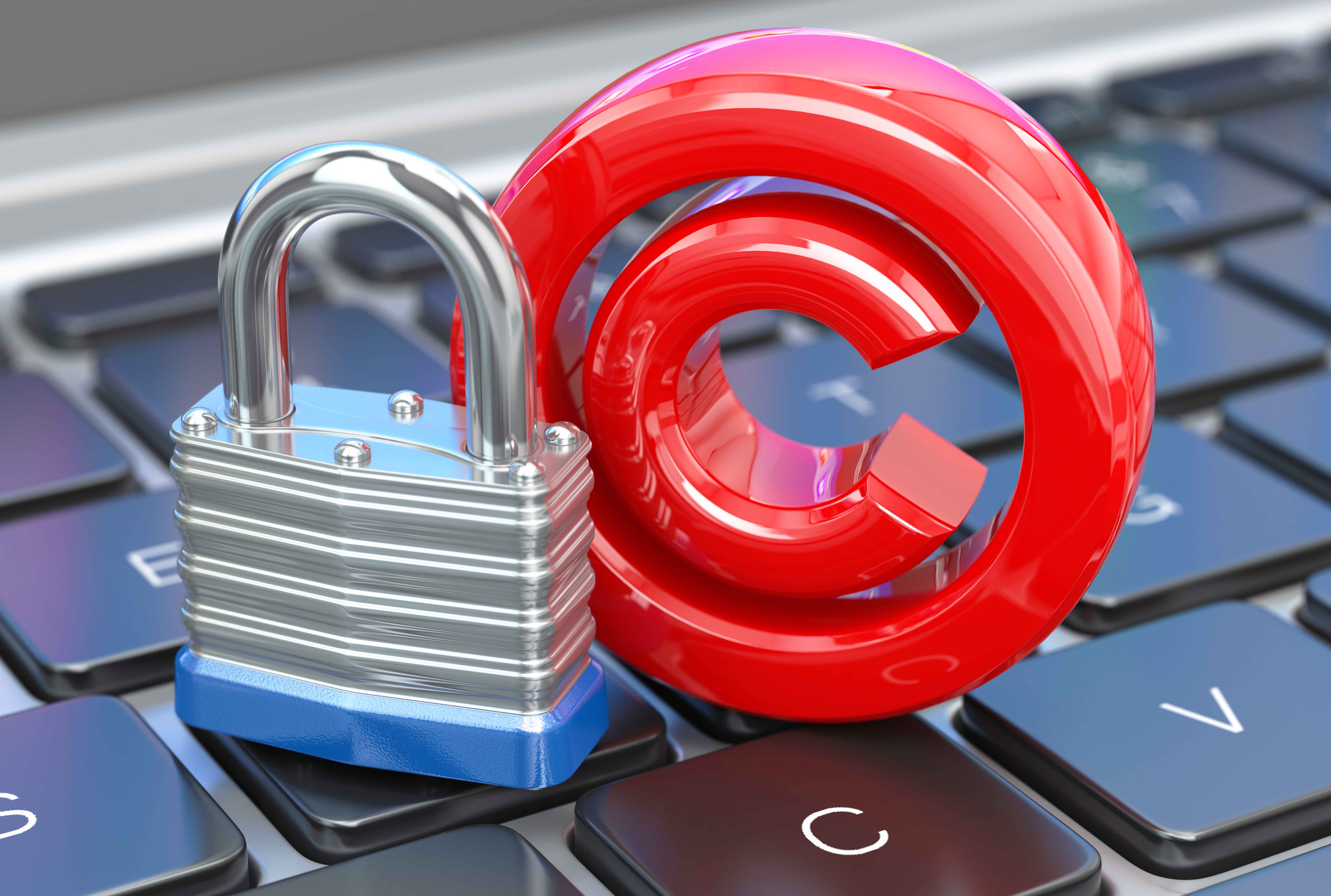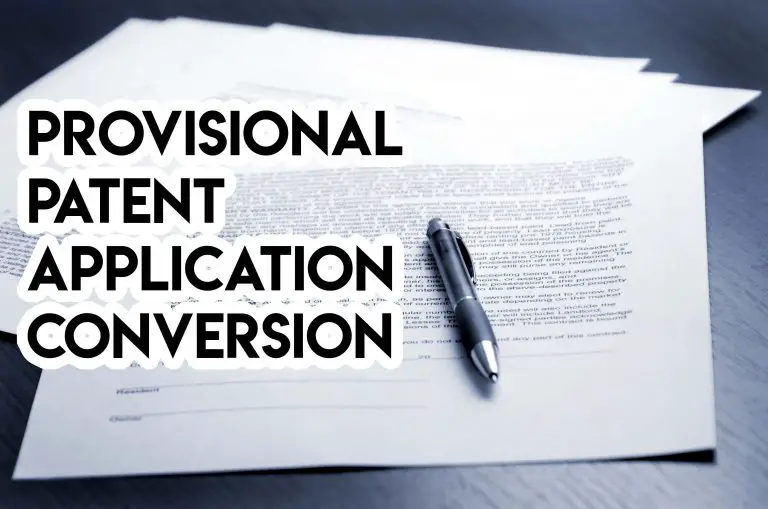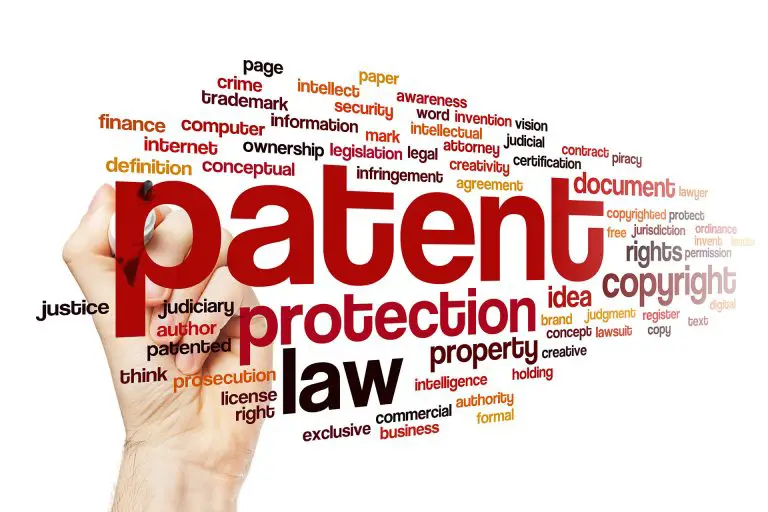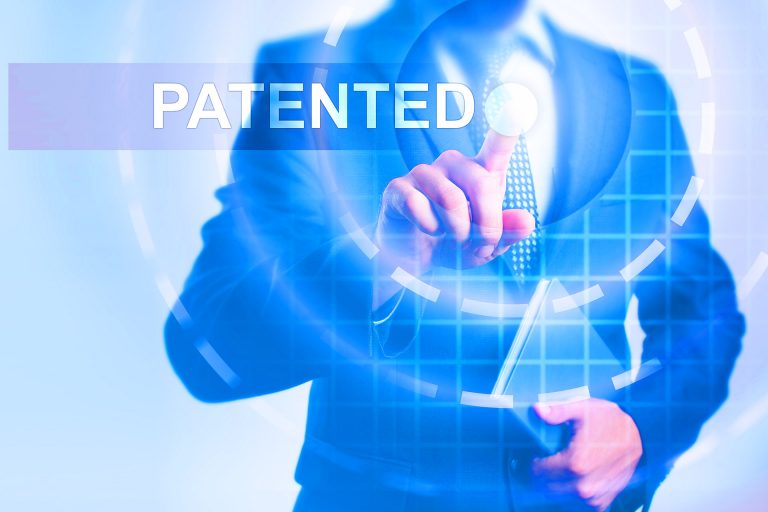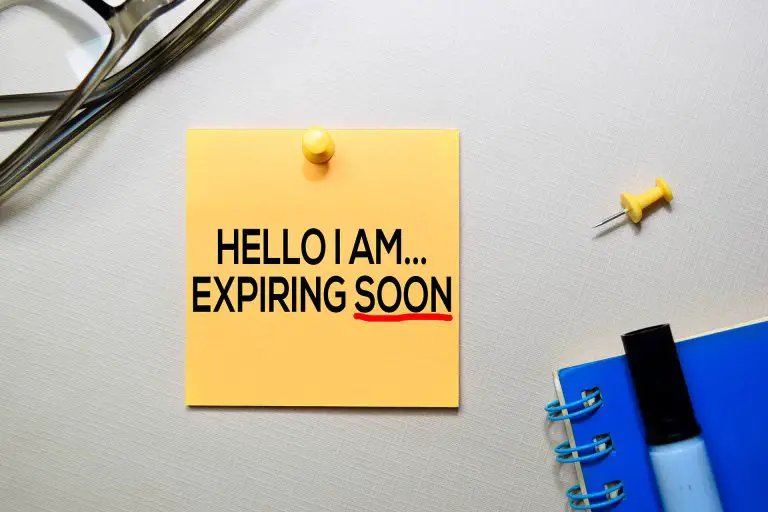Patent vs Copyright
Patents and copyrights are both different types of intellectual property (IP). Please often use the words incorrectly, knowing the difference between the two is important if you’re looking to protect your IP. After reading through this article, you will better understand the difference between a patent and copyright. You will also start noticing just how often people use these two terms incorrectly.
Typically, when people think about property, they think of personal property, such as their smart phone, jewelry, or real property, such as their home. They totally forget about intellectual property, which is an intangible form of property. We will now begin discussing the difference between patent vs copyright.
Intellectual property law was created to encourage people to create intellectual products and goods by offering them protection from theft and unauthorized use. Intellectual property rights are often granted for a limited period of time (we will cover this below).
Many individuals and businesses want to protect their intellectual property but don’t know what protection to apply for. This article will help you device whether you need patent protection or copyright protection.
Difference Between Patent and Copyright
Patent vs Copyright, how are they different? A patent protects an inventor’s invention, product, or machines; whereas copyright protects an artistic piece of work, such as a book, play, movie, song, photograph, or computer software code. Both Patents and copyrights protect intellectual property from being exploited without the owner’s permission.
Patent
The USPTO, which is the agency responsible for issuing patents, mainly offers two types of main patents. These are Utility Patents, which protect how an invention works and how it’s used. Design patents protect aesthetics and ornamental design of a functional item.
According to the USPTO (United States Patent and Trademark Office), patents grant inventors the right to restrict others from using, making, selling, or importing their inventions. Note that an applicant’s invention is only protected in the United States, if an inventor wants protection abroad, he must obtain a patent in every country he wants his invention protected.
Intellectual property goods that can be protected by a patent:
- Product
- Process
- Machine
- Invention
- Software
- Pharmaceuticals
Patent owners enjoy the right to use, make, sell, license, and enable others to use their invention. The great thing about patents is the right to prevent others from using, selling, and importing your invention without your permission.
Copyright
Copyrights grant the creator of an original piece of creative work the exclusive right to determine who can copy and use his literary, musical, and other artistic work regardless of whether the author publicly published his work. Authors do not need to register their work with the U.S Copyright Office for protection to apply, but registering your artistic or literary work with them enhances the protection afforded by copyright law.
Intellectual property goods that can be protected by a copyright:
- Books
- Poetry
- Music
- Songs
- Movies
- Architecture
- Computer Software
Registering your work with the copyright office places others on notice that that you own the copyrighted work. Also, copyrights establish evidence of your ownership over your work.
As a copyright owner, you enjoy the right to reproduce, copy, distribute, and broadcast your work to the public.
Length of Patent Protection vs Copyright
- Utility Patents. Utility patents protect inventions for 20 years from the filing date of the patent application. For utility patents, the patent holder must pay periodic maintenance fees to keep the patent from expiring.
- Design Patents. Design patents protect designs for 15 years from the date the design patent is granted. Unlike utility patents, you do not have to pay maintenance fees to keep the design patent from expiring.
- Copyright. Copyright protection for works created by an individual lasts for the life of the author plus an additional 70 years after his death. For an anonymous work or work made for hire, the copyright lasts for a term of 95 years from the year the work is first published or for 120 years from the date of its creates, whichever expires first.
Copyright Protection vs Patent Protection
While all artistic works are automatically protected under copyright law the moment you create them, to file a lawsuit against anyone who violates your copyright, you will have to register your copyright with the U.S Copyright office before filing a lawsuit.
The protection offered under patent law is much different. To protect your invention you must file a patent application with the USPTO and the patent office has to grant your patent. Unlike copyright law where your work is protected the moment you create it, you’re only protected under patent law if the patent office grants your patent.
Once the USPTO issues or grants your patent, you will be able to enforce your rights under patent law by suing others who make, use, offer to sell, or import your invention to the United States.
Copyright protection is often easier to attain since all you have to do is create your work and affix it to a medium that will allow people to view or perceive it with the aid of a machine or device (publishing your work online satisfies this requirement).
Registering your work with the U.S Copyright office is voluntary and copyright exists the moment you create your work. To sue someone for copyright infringement, you will have to register your work with the copyright office.
Why Are Patents and Copyrights Important?
Protecting your intellectual property rights by patenting your invention and registering your copyright allows you to take action against any person or business that infringes upon your property.
Without copyright law and patent law, people can steal your invention or artistic work and sell them as their own, leaving you without any recourse against such thieves. That’s why it’s important to register your work and patent your invention the second you create something new.
Patenting Your Invention
To patent your idea or invention, you have to make sure that your invention meets the requirements for patentability and you have to file a patent application with the USPTO (United States Patent and Trademark Office). Utility patents are the most common type of patent applied for at the USPTO, making up more than 90% of all applied for patents. They are used to protect products, processes, and machines.
You can also obtain a design patent to protect the unique design or look of your product. To get a design patent, you have to show that the appearance of your product is new and unique. Once you patent a design, you will be able to restrict others from using, making, and selling the article or product you’ve designed.
The USPTO offers a third type of patent, known as a plant patent. Plants patents are the least type of patent applied for, making less than 1% of all applied for patents. Plant patents are granted to inventors who discover or create new, asexually reproduced plant species.
The patent office not only allows you to protect the product you’ve created, but also the process that was used to create the product. Protecting the process for creating an invention is extremely important, especially for business that spend tremendous amounts of time and money perfecting and optimizing their process.
Filing a patent to protect your intellectual property can be a difficult process. If you have the money, we always recommend that you hire an experienced patent attorney to prepare and file your patent application. While it’s not unheard of to find someone who has patented his invention on his own, making minor mistakes could cost you a lot of money.
Registering Your Copyright
Anyone can register their copyright through the U.S Electronic Copyright Office eCo registration portal. eCo allows creators to register basic claims for literary works, artwork, movies, pictures, and songs.
eCo is a great and cost effective way for creators to register their artwork, here are some of the benefits of using the U.S Electronic Copyright Office (eCo):
- $35 registration fee for a single author registering a single piece of work that was not made for hire
- Fastest way to register your work
- Offers ability to track the status of your registration online
- Ability to pay fees via credit or debit card online
Registering your work is important to protect your ability to collect profits from your artistic creation. Even though copyright protection is automatic, if find that someone is infringing upon your intellectual property (IP), you will not be able to file a federal lawsuits to stop those who infringe upon your work.
As we’ve mentioned previously the U.S Copyright Office has made it fairly easy to register your artwork via eCo. All you need to do is fill out some basic information with the copyright office within three months of creating your literary or artistic work. Once you register your work, you are protected and will be able to hold others accountable for copying or passing off your work as their own.
While many people don’t know the specifics of copyright protection, they are familiar with the fact that the “©” symbol means that the work is protected by copyright law.
What Are Some Examples of Patents and Copyrights?
Maybe showing you a few examples of patents and copyrights will help you understand the differences between them.
Examples of patents include pharmaceutical drugs, toe nail clippers, beverage bottles, computers, toasters, generators, special bottling process, and Amazon’s 1 Click to buy button. You can also patent new plant species with a plant patent.
Examples of copyright include books, songs, photos, paintings, screenplays, software code, and movies.
Should You Get a Patent and a Copyright?
If you’re someone who has a product he wants to protect, you might be wondering whether you’ll need a patent or a copyright. We hope that this article helped show you the difference between a patent and a copyright. In some cases, a person can protect his intellectual property with both a copyright and a patent.
One example of a situation where you can protect your intellectual property with both a patent and a copyright is software. Software code can be protected by copyright law just as the text of a novel would be protected. The functional aspects of software can be protected by applying for a patent. Most businesses opt to register their software with the U.S Copyright Office for copyright protection and patent their software through the USPTO.
That said, if you’re interested in protecting your intellectual property, it’s a good idea to consult an attorney and ask them for their advice. A good attorney will be able to get your product or work the best possible protection.
Patent Notice vs Copyright Notice
Here are some of the patent and copyright designations that you will find on common products that are either protected by a copyright, a patent, patent pending.
Patent Notice
- Patented
- Patent ##########
- Patent Pending
- Pat. Pen.
- U.S Pat. Pen.
- U.S Patent Pending
- U.S Patent #########
Copyright Notice
- The letter “c” in a circle (©)
- The word “copyright”
- The date the work was published
- The name of the author or owner of the copyrighted work
You Cannot Copyright or Patent Merely an Idea
Some people often misunderstand copyright and patent law and think they can copyright or patent something that’s just an idea. It’s not that simple and you have to have something more concrete than just an idea.
To get a patent, you must have turned your idea into an invention that you can describe. You need to be able to describe how the invention can be made and explain the purpose of the invention. You can use a prototype that you have or offered detailed drawings showing how the invention can be made.
To get a copyright, your work must be fixed to a tangible medium of expression, such as a book, painting, song, or software. You can just copyright an idea of a book that you have.
Copyright vs Patent
This article explained the differences between a copyright and a patent. Hopefully after reading this article, you will know which intellectual property protect you need to protect your invention or work of art. If you have any general questions or comments about copyright vs patent, please feel free to leave them in the comments section below.

